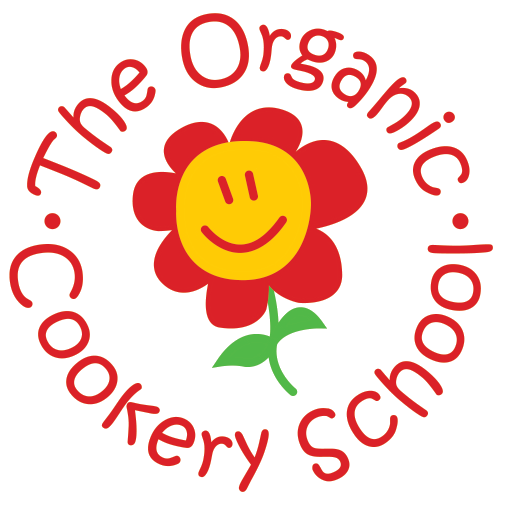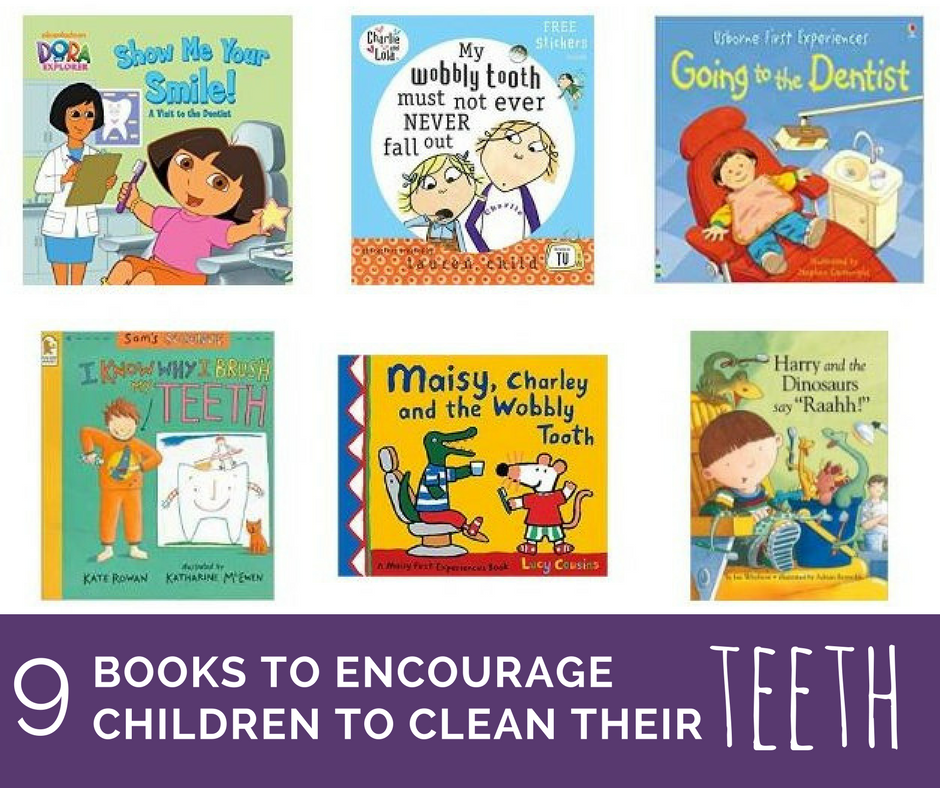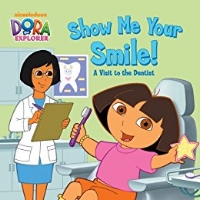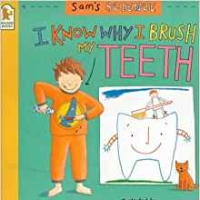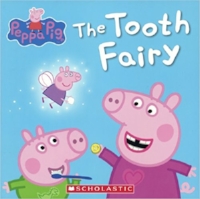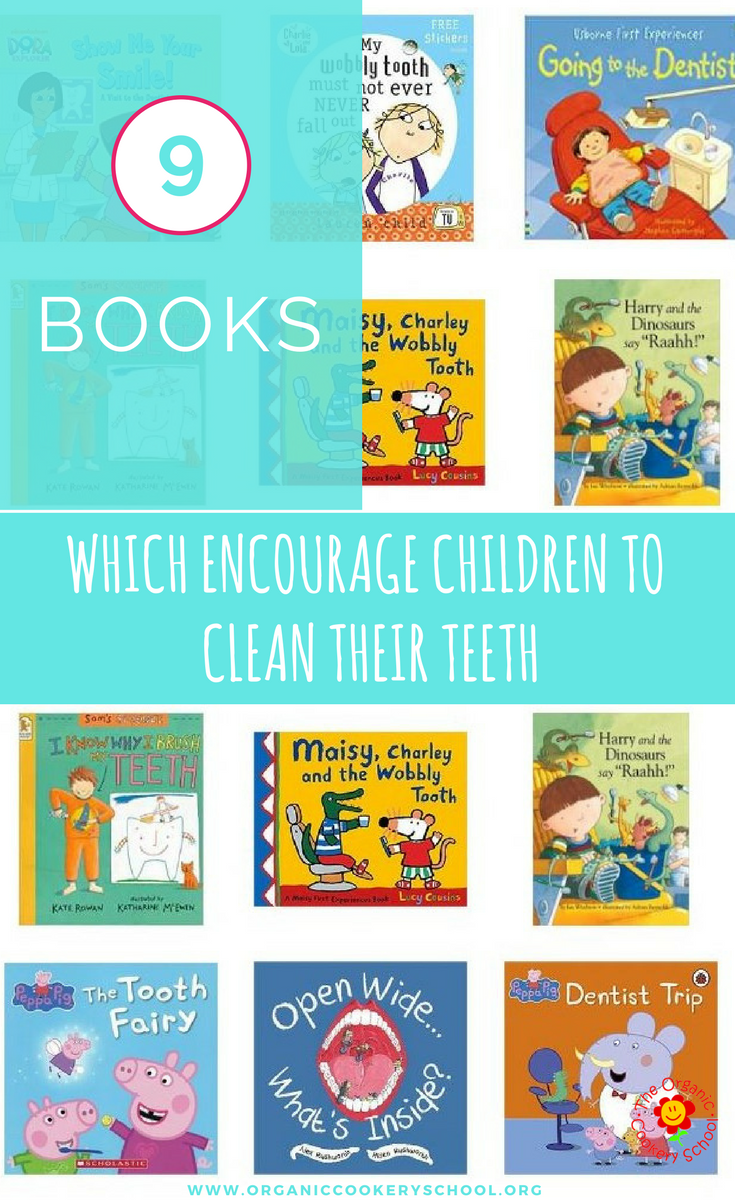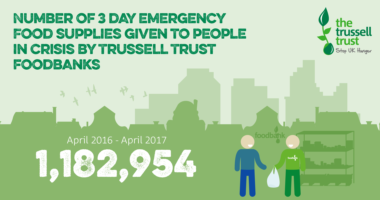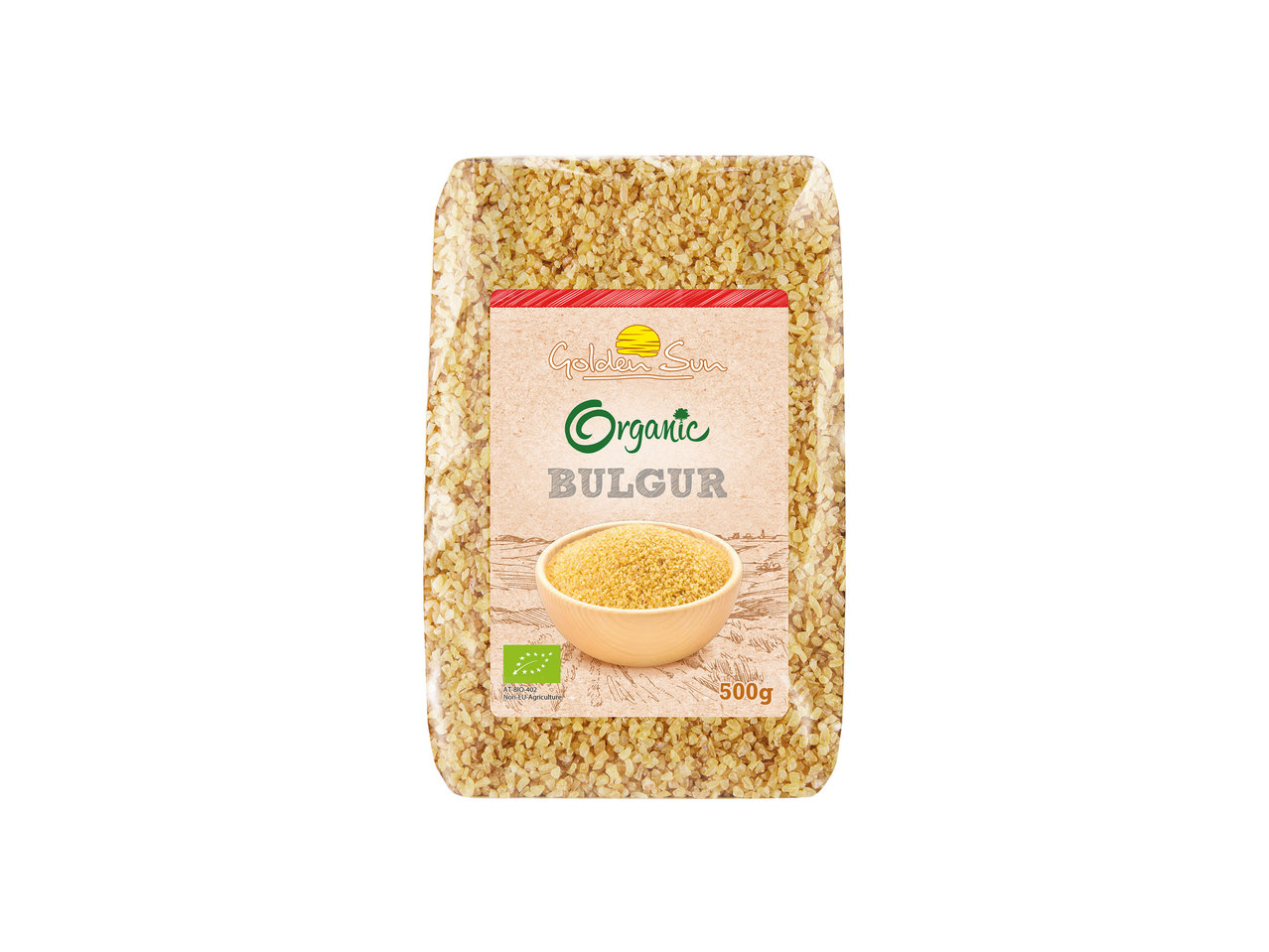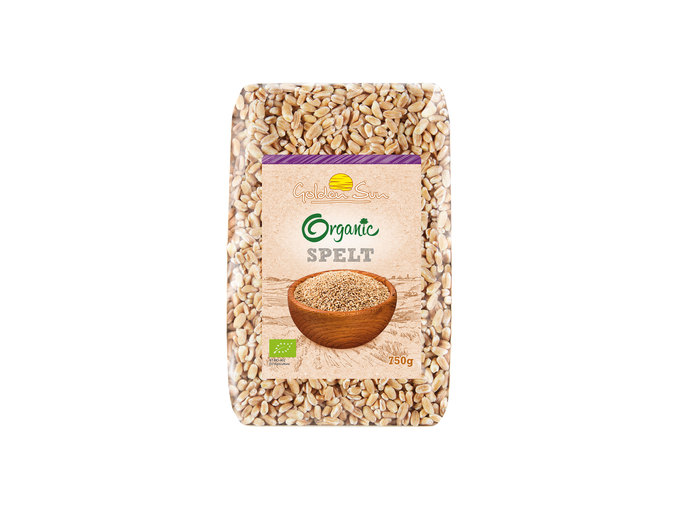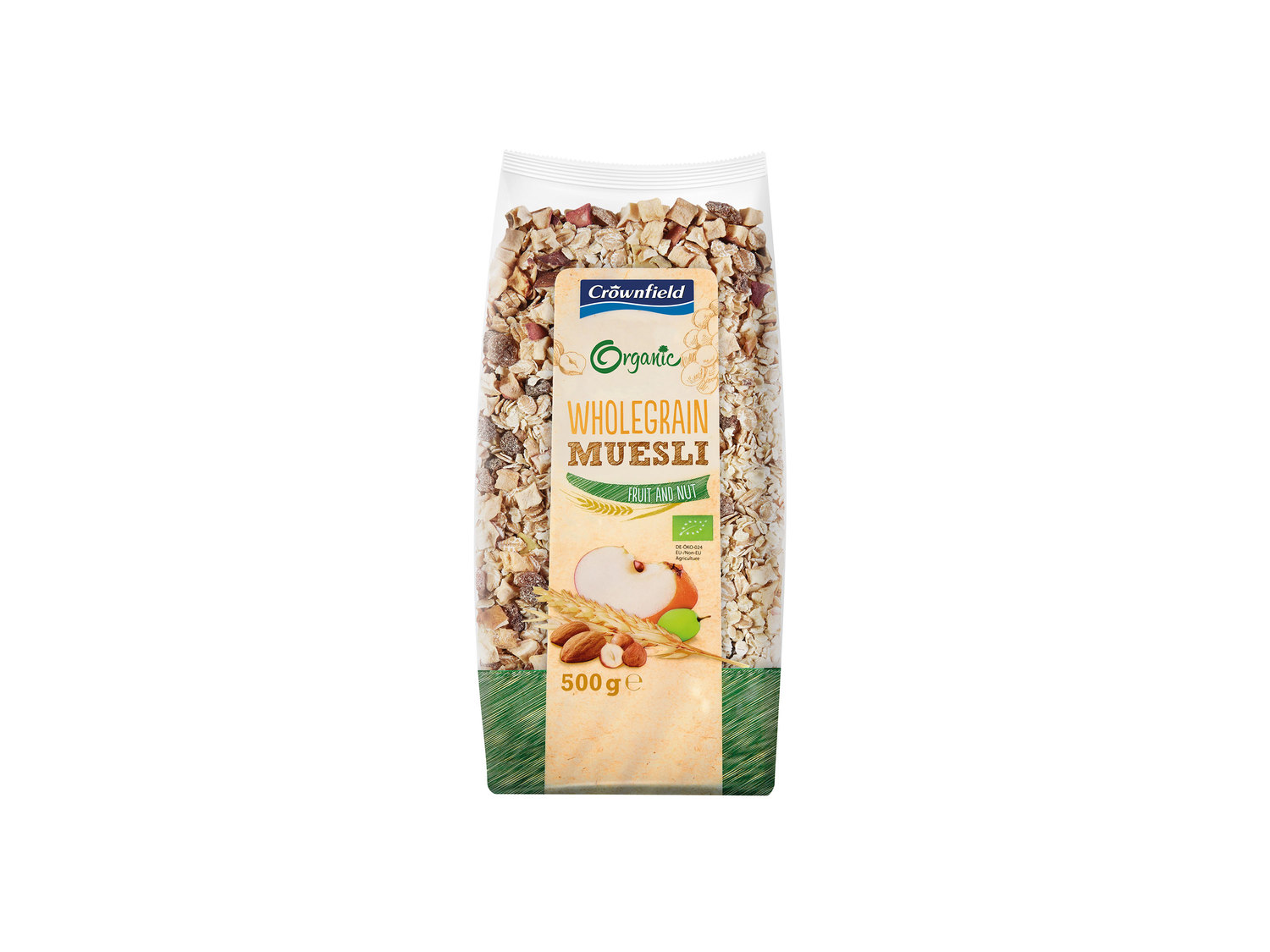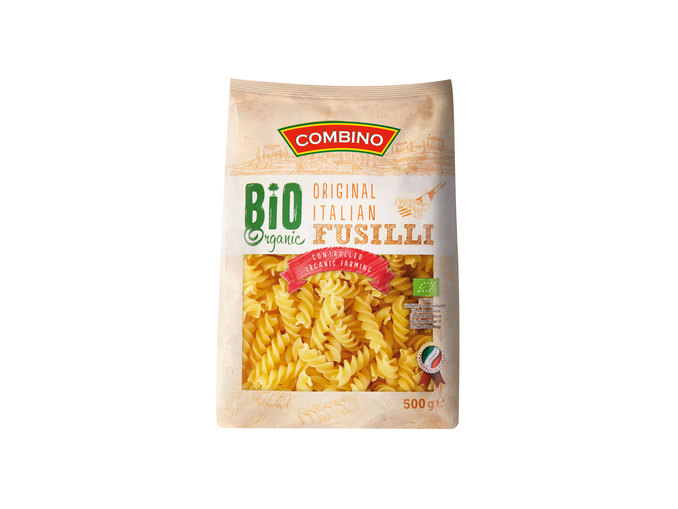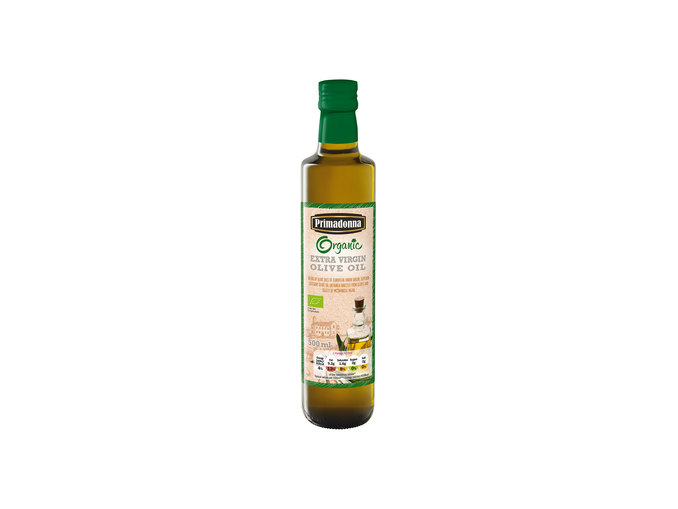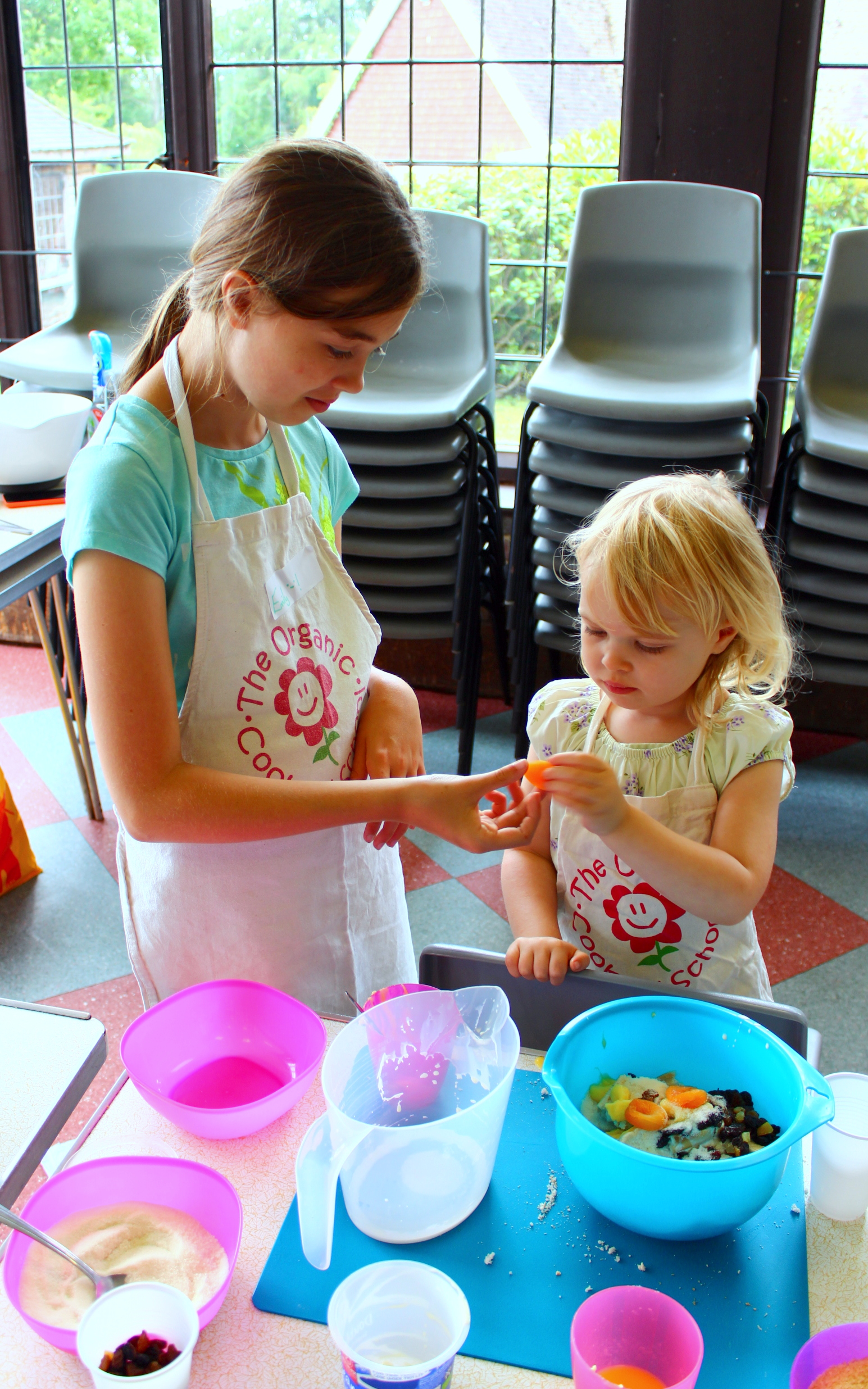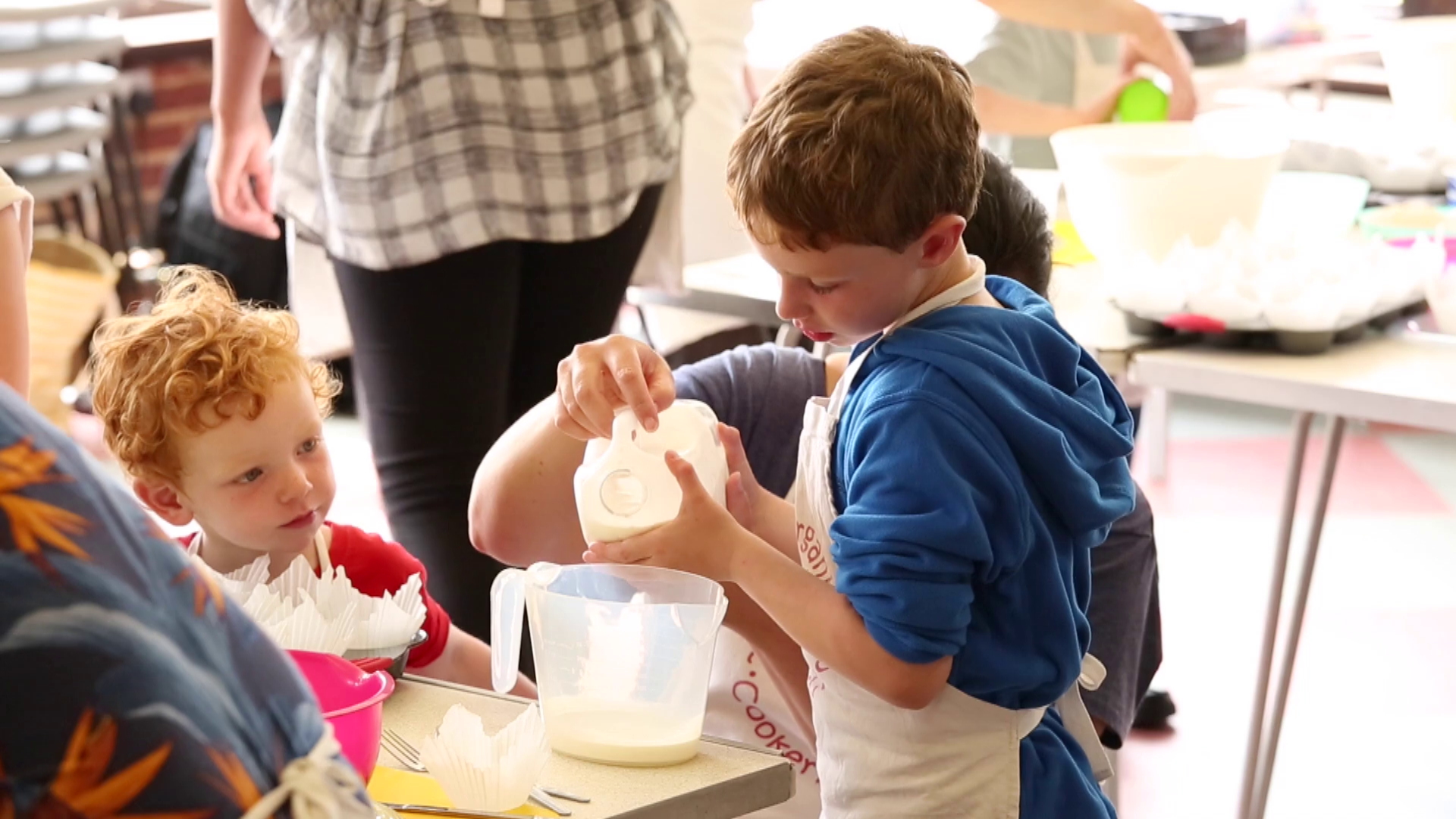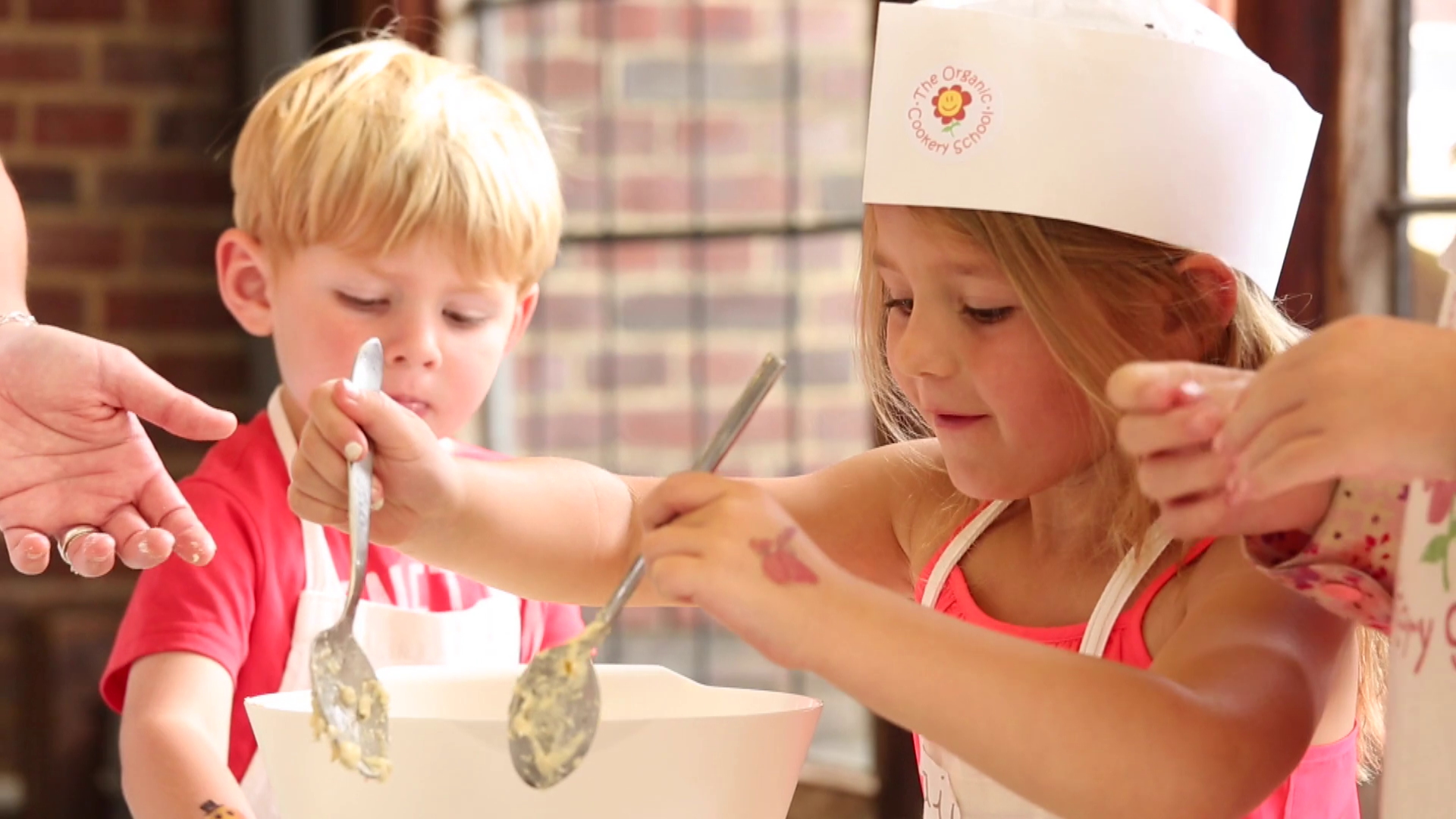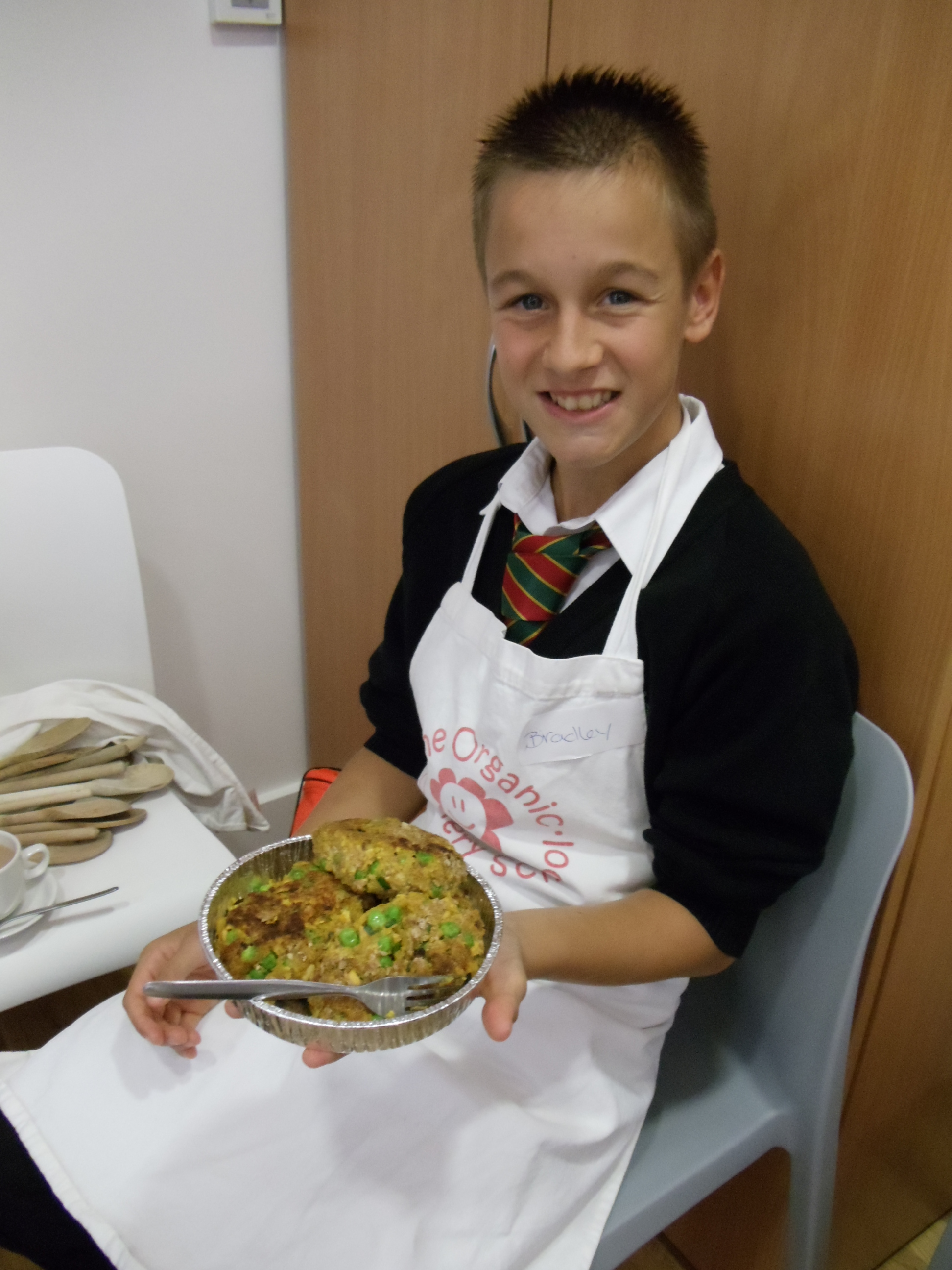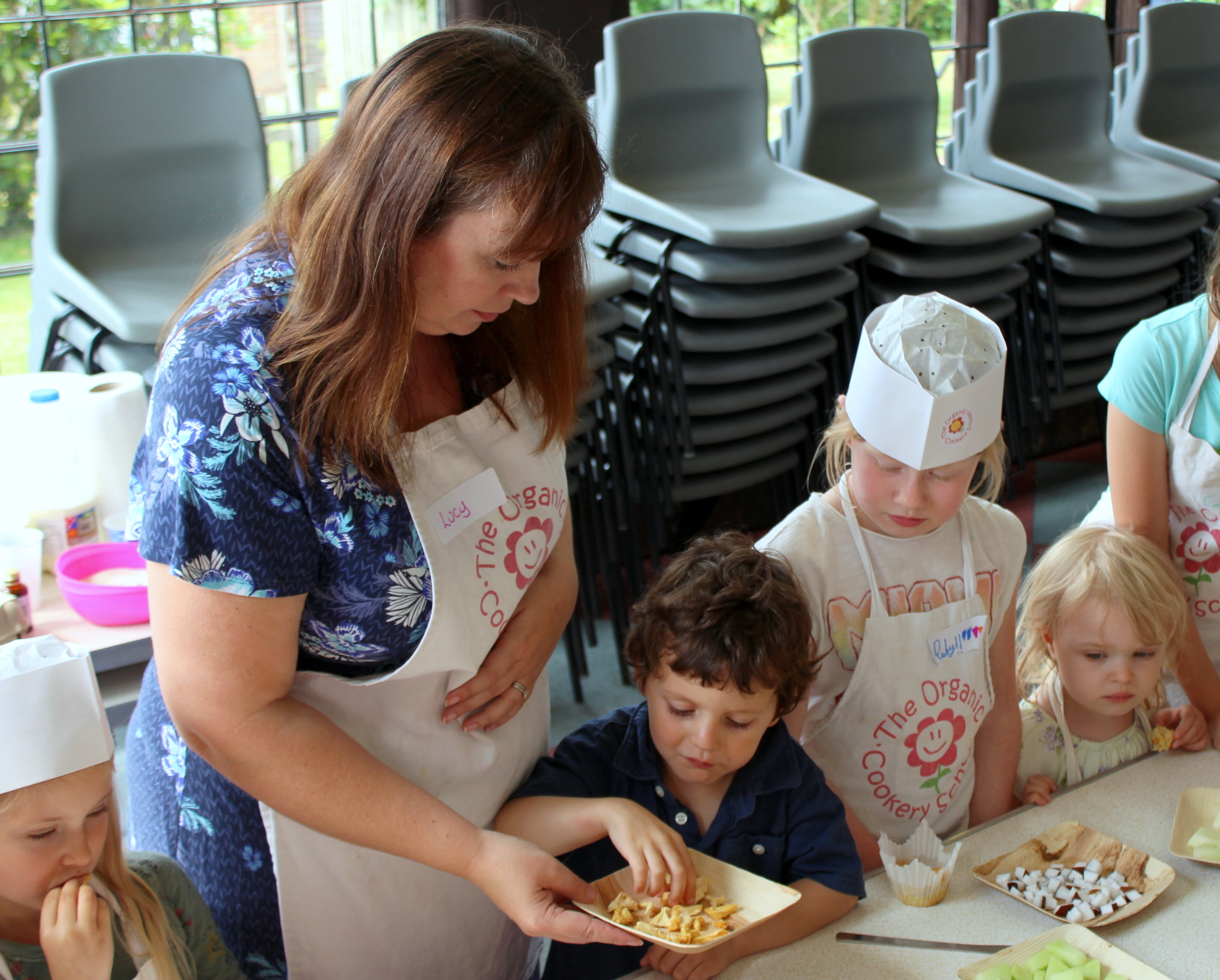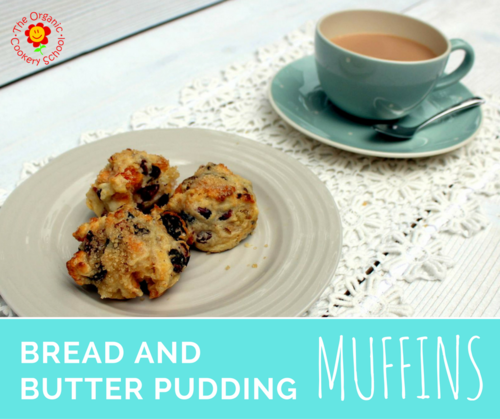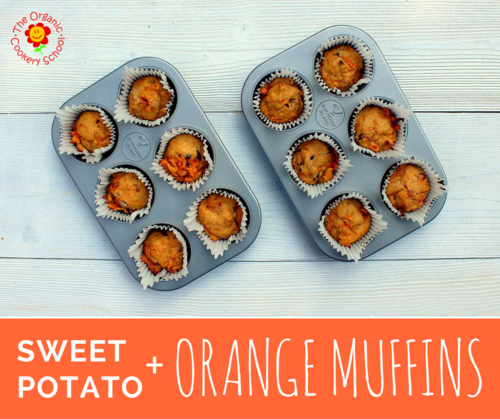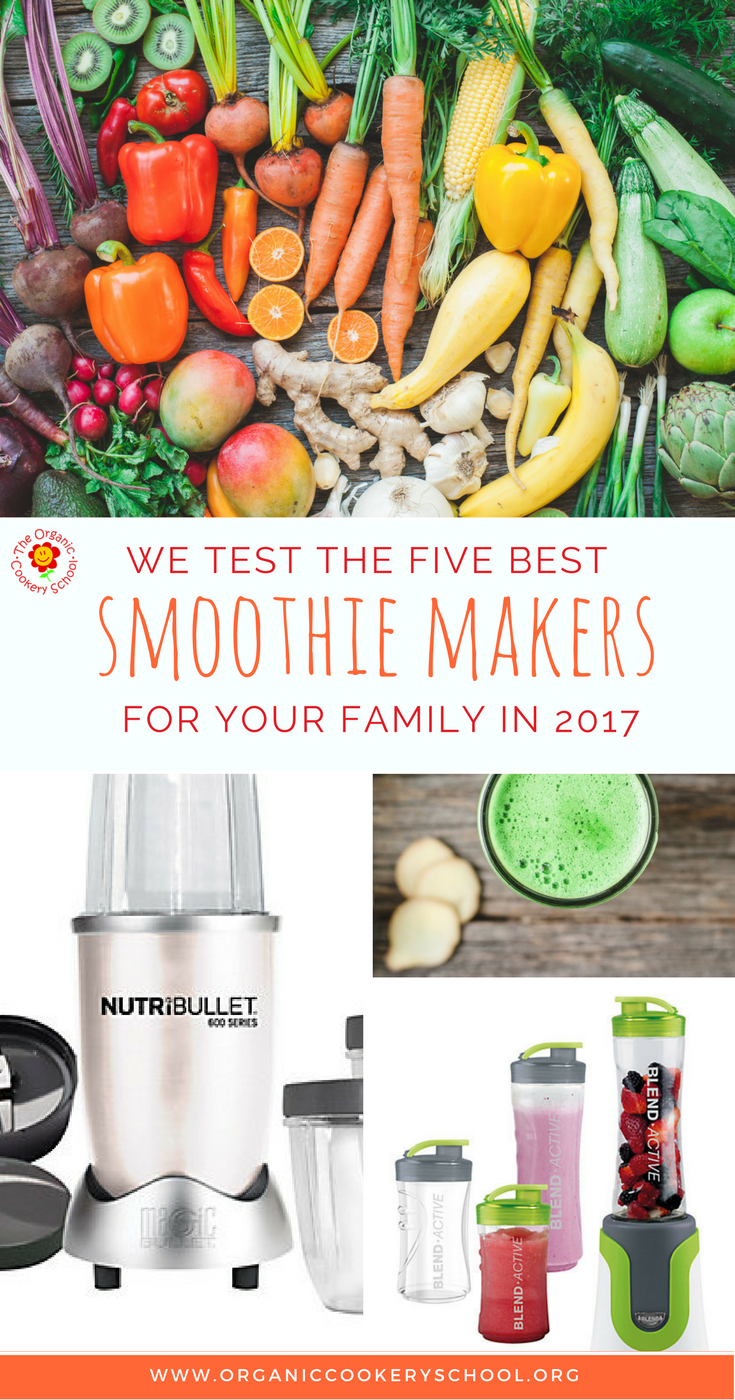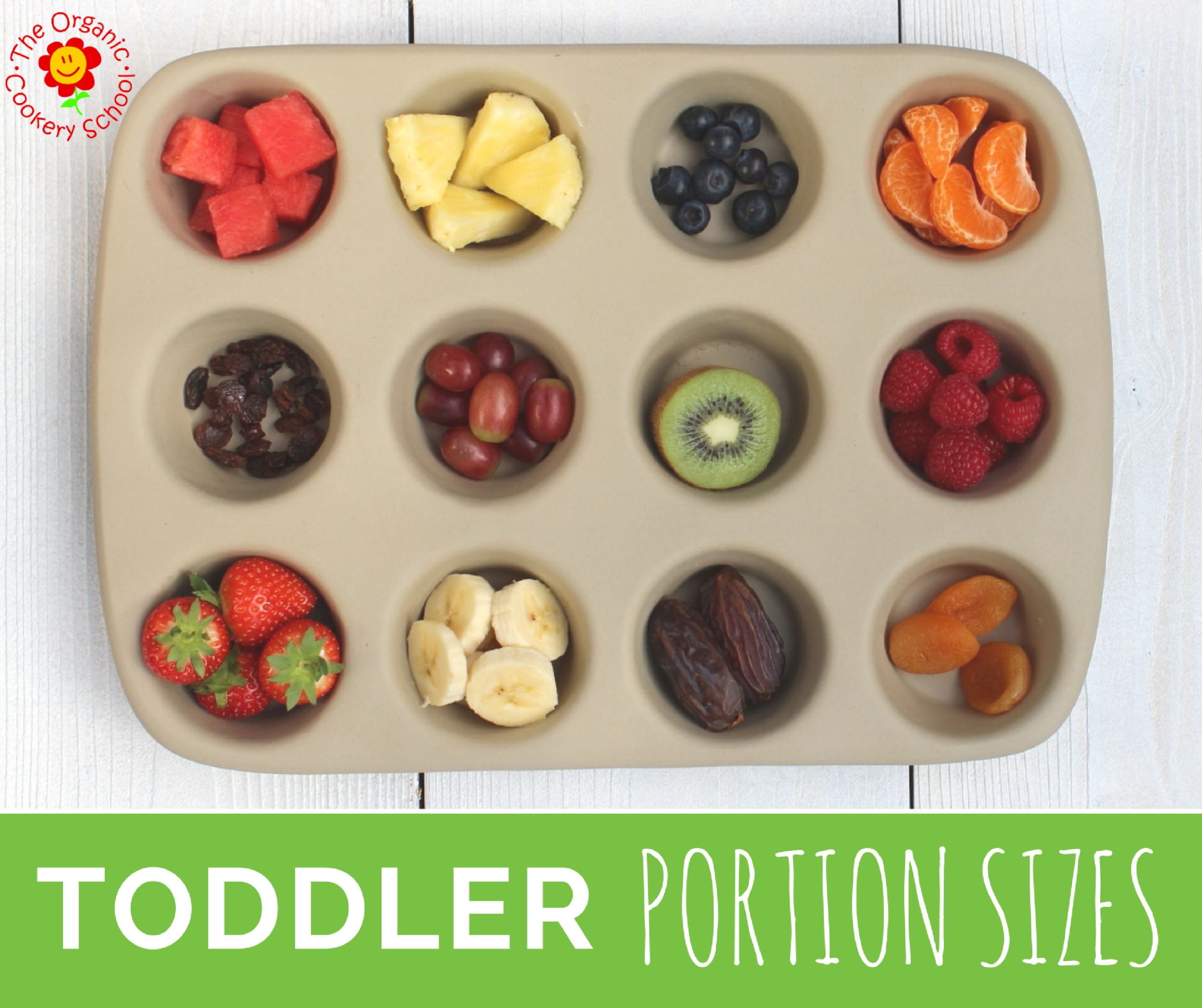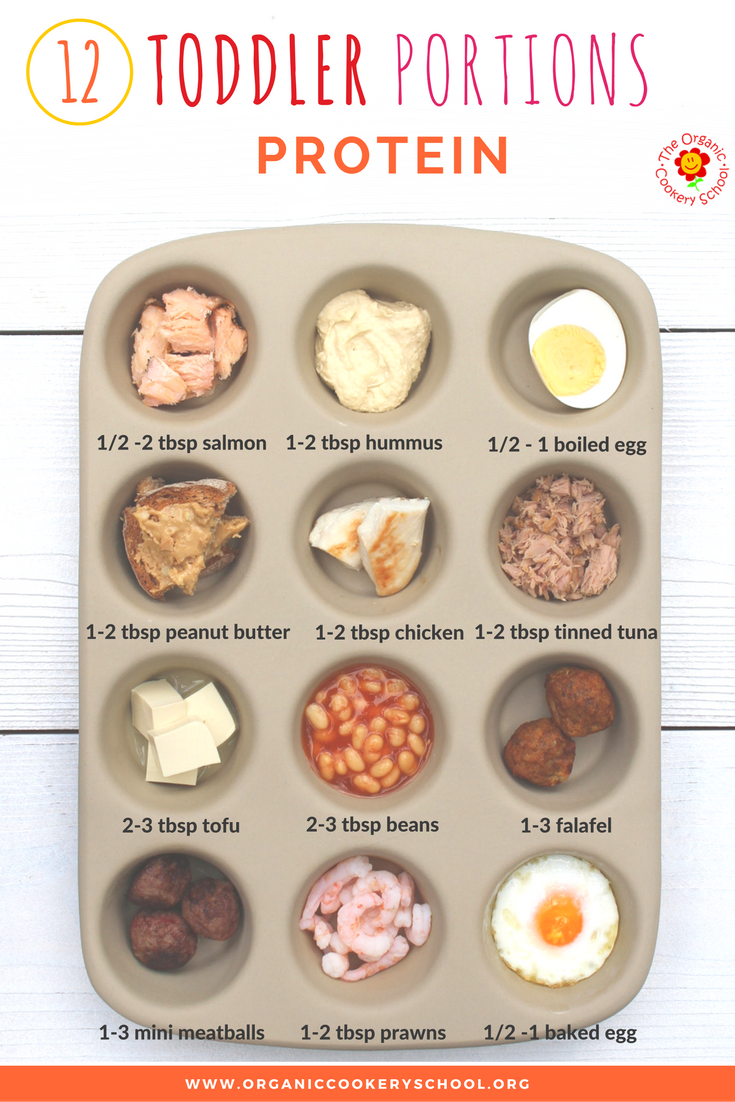makes four individual pizzas
These quick and healthy pizzas are inspired by The Rainbow Fish (by Marcus Pfister), and encourage children to pile up on a variety of different coloured veggies, helping them meet their five a day targets and eat a rainbow too. I’ve honestly never seen my five year old so keen to load up with every colour of vegetable.
For speed and convenience, shop-bought pitta bread works fine (Waitrose and Ocado stock organic versions). Pitta are easy to cut to shape with sturdy kitchen scissors, and both wholemeal and white pitta both taste great in these pizzas.
Trimming into a fish shape can be a bit awkward (there’s a good chance that little ones could accidentally chop off a tail!) but is great for developing motor skills - so be prepared to model where to cut and help little ones. (and have a few pitta spare just in case)
If you want to make your own pitta (which is great fun and everso easy) - we’ve included a recipe to make your own in the resources section of our FB group.
Next comes a topping of our veggie packed magic tomato sauce, but any good quality tomato pasta sauce will work (we like Seeds of Change and Mr Organic sauces).
Let your junior chefs get busy with the cheese grater, minding their fingers (and fingernails) before offering them a rainbow selection of veggie toppings.
*N.B. Children should always be supervised when cooking, and an adult should oversee the use of heat as well as all preparation involving sharp utensils.
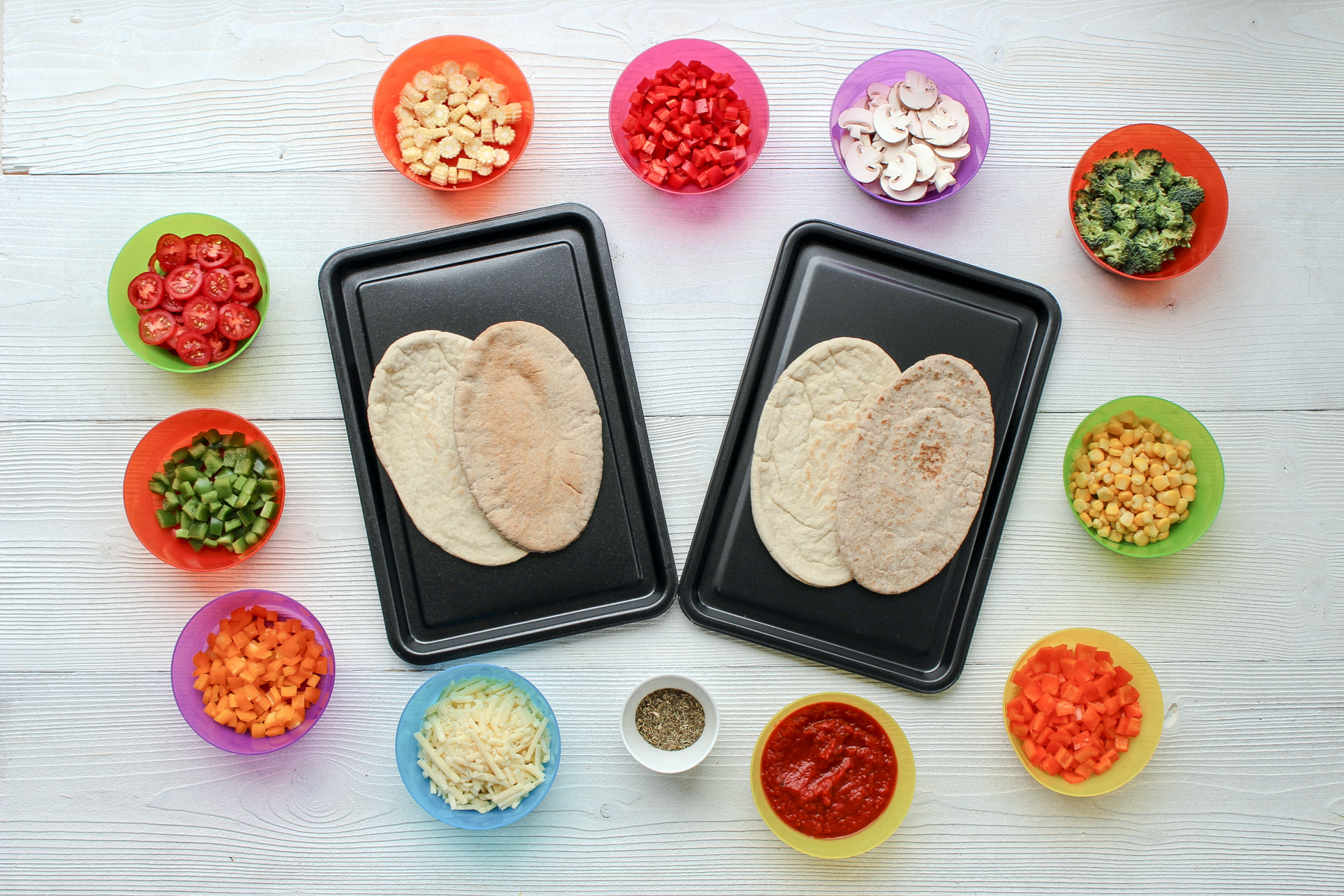

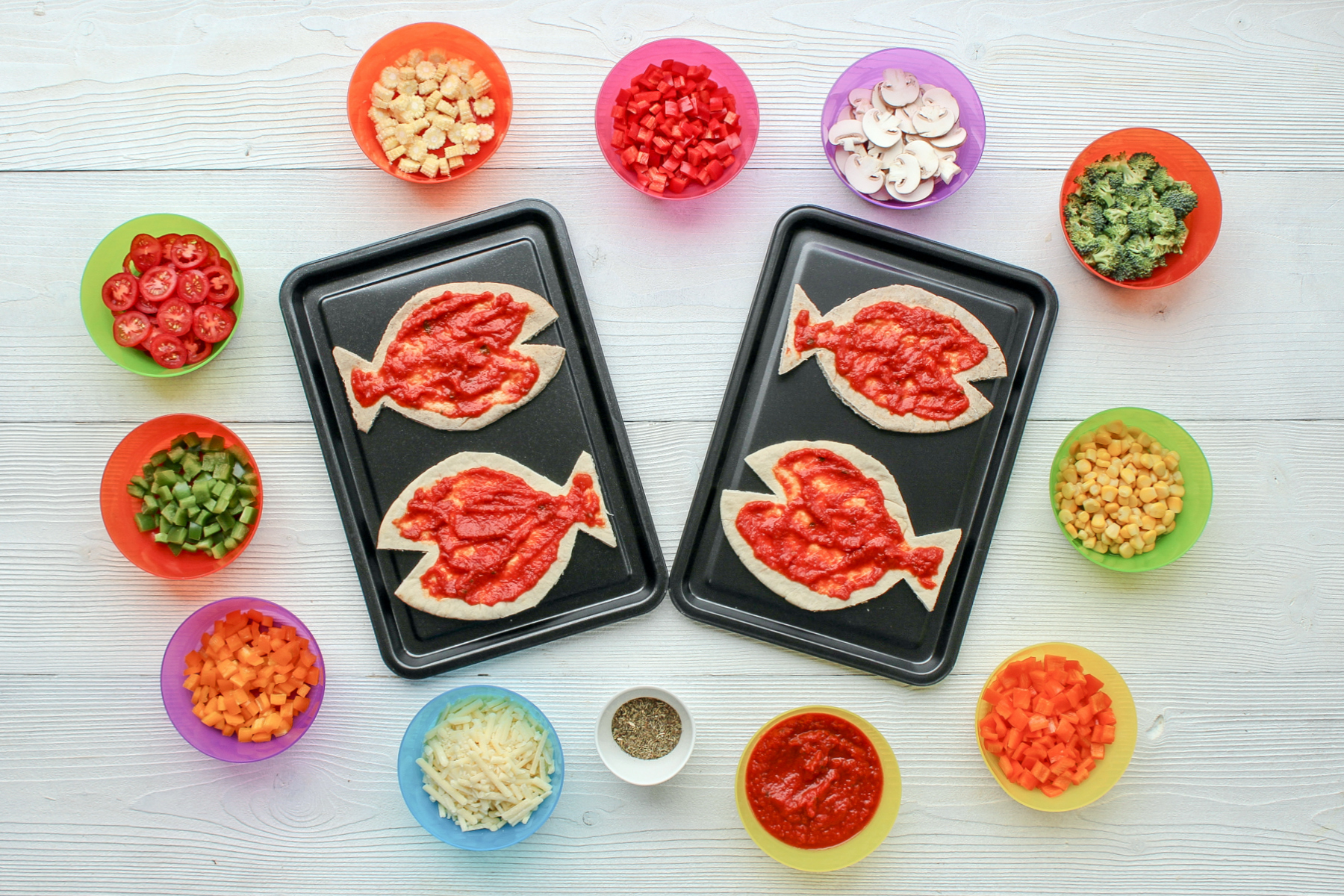

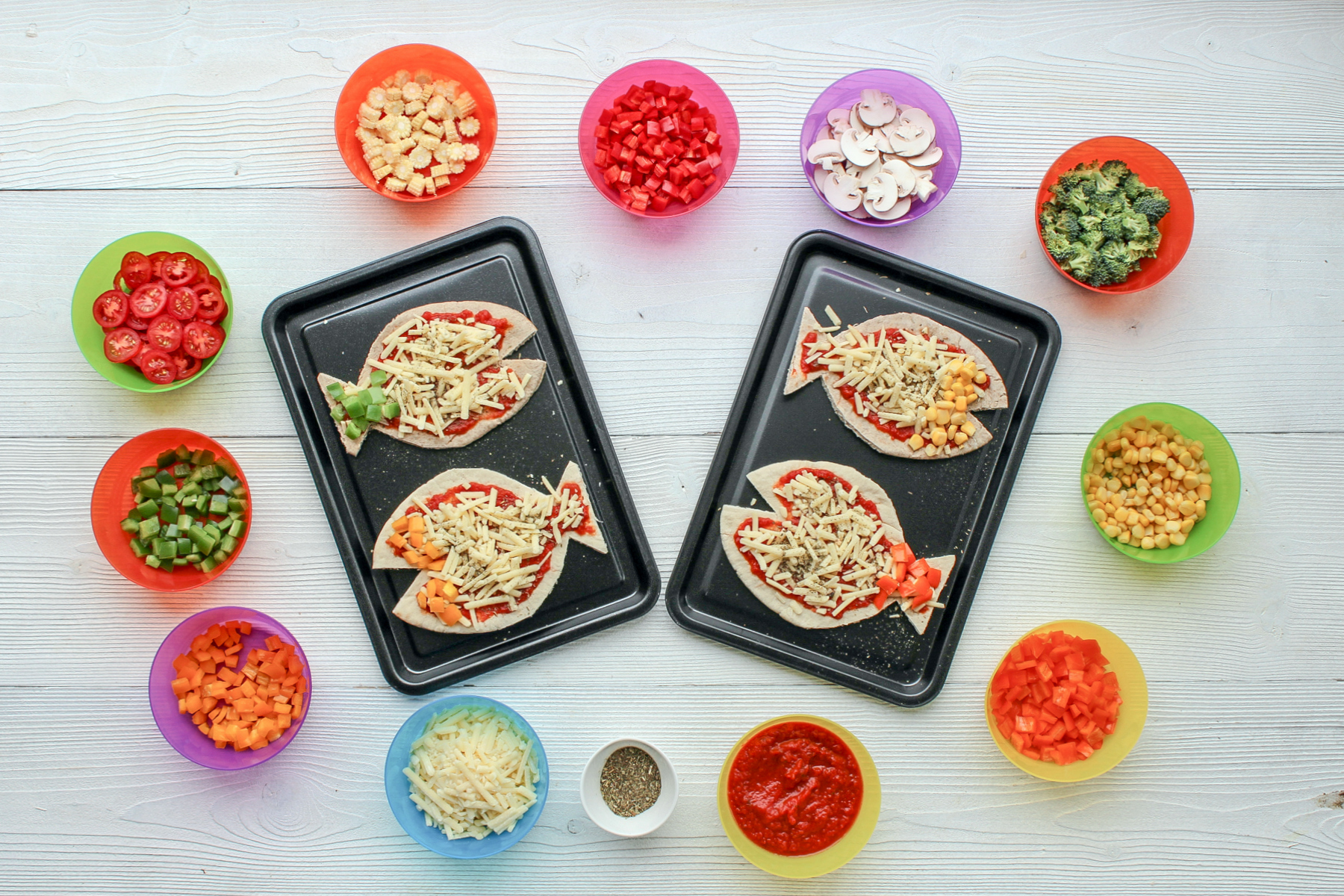
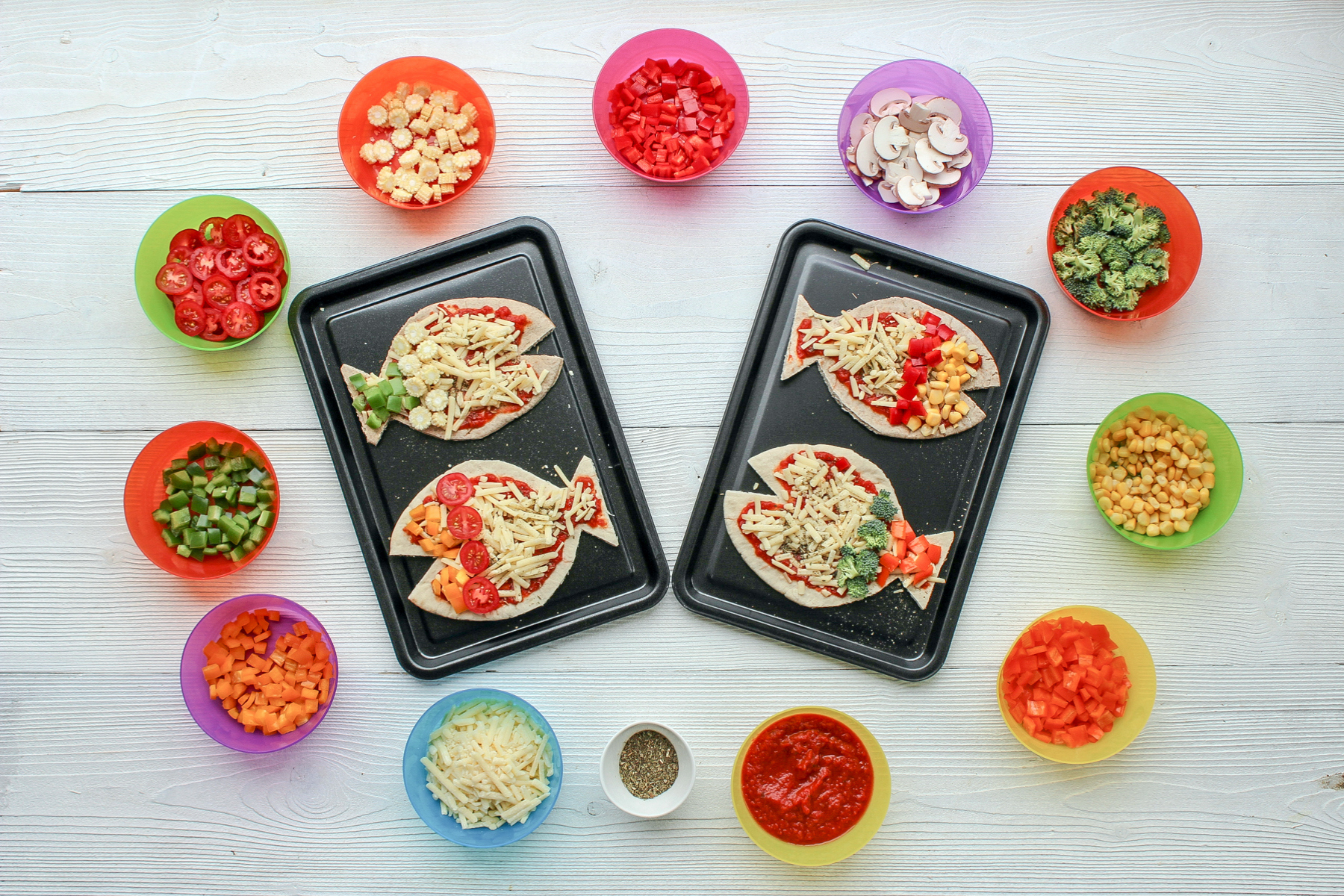
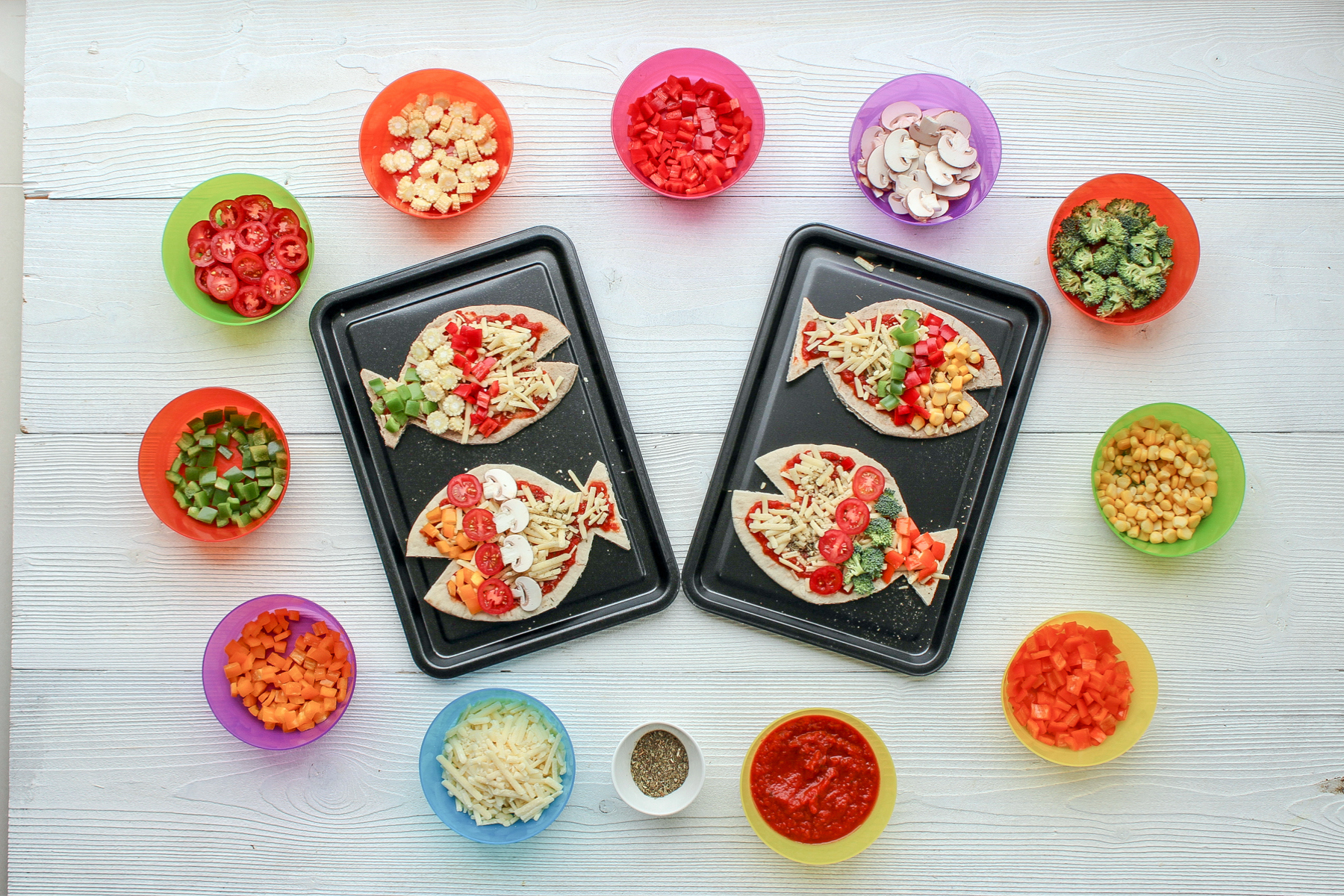
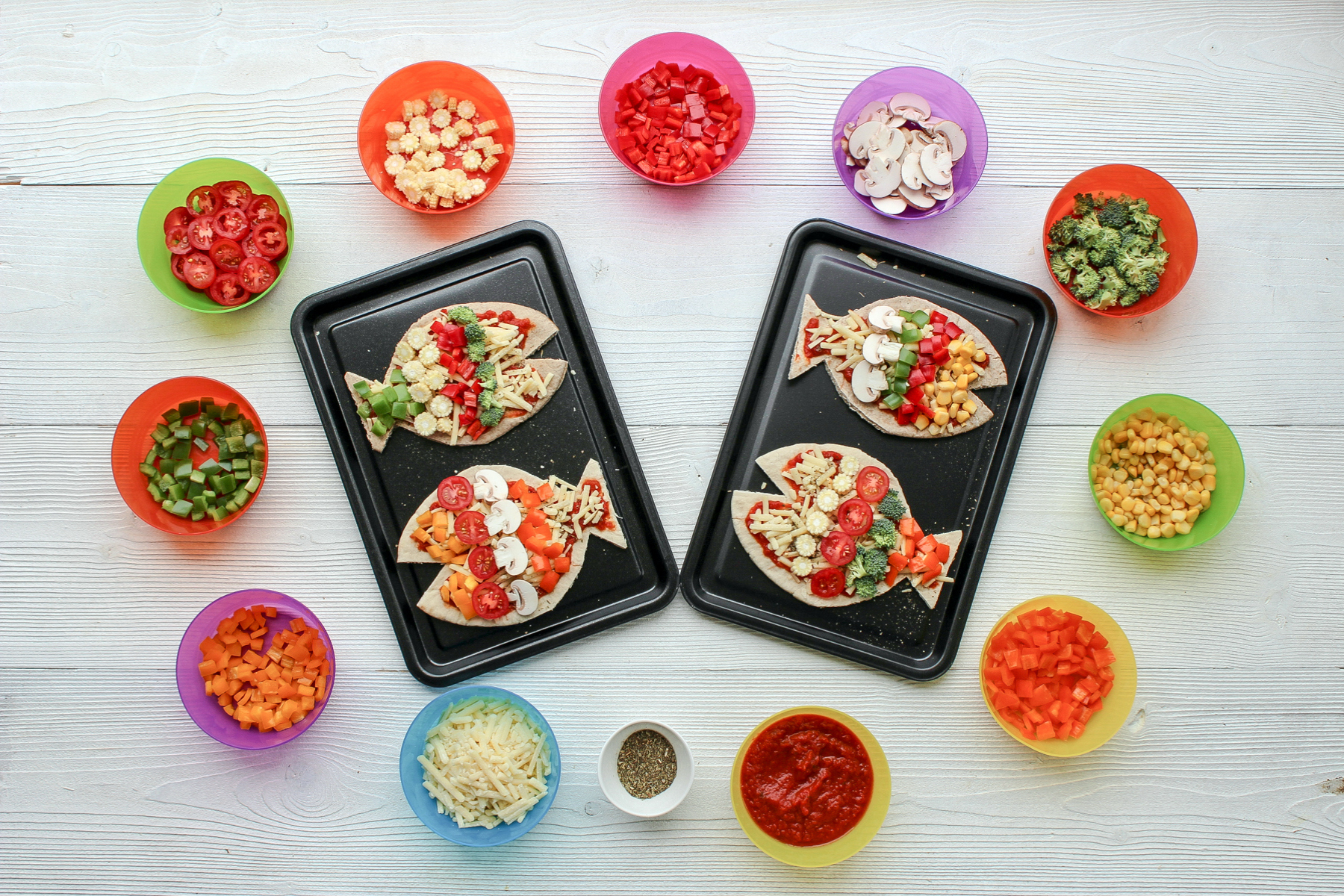
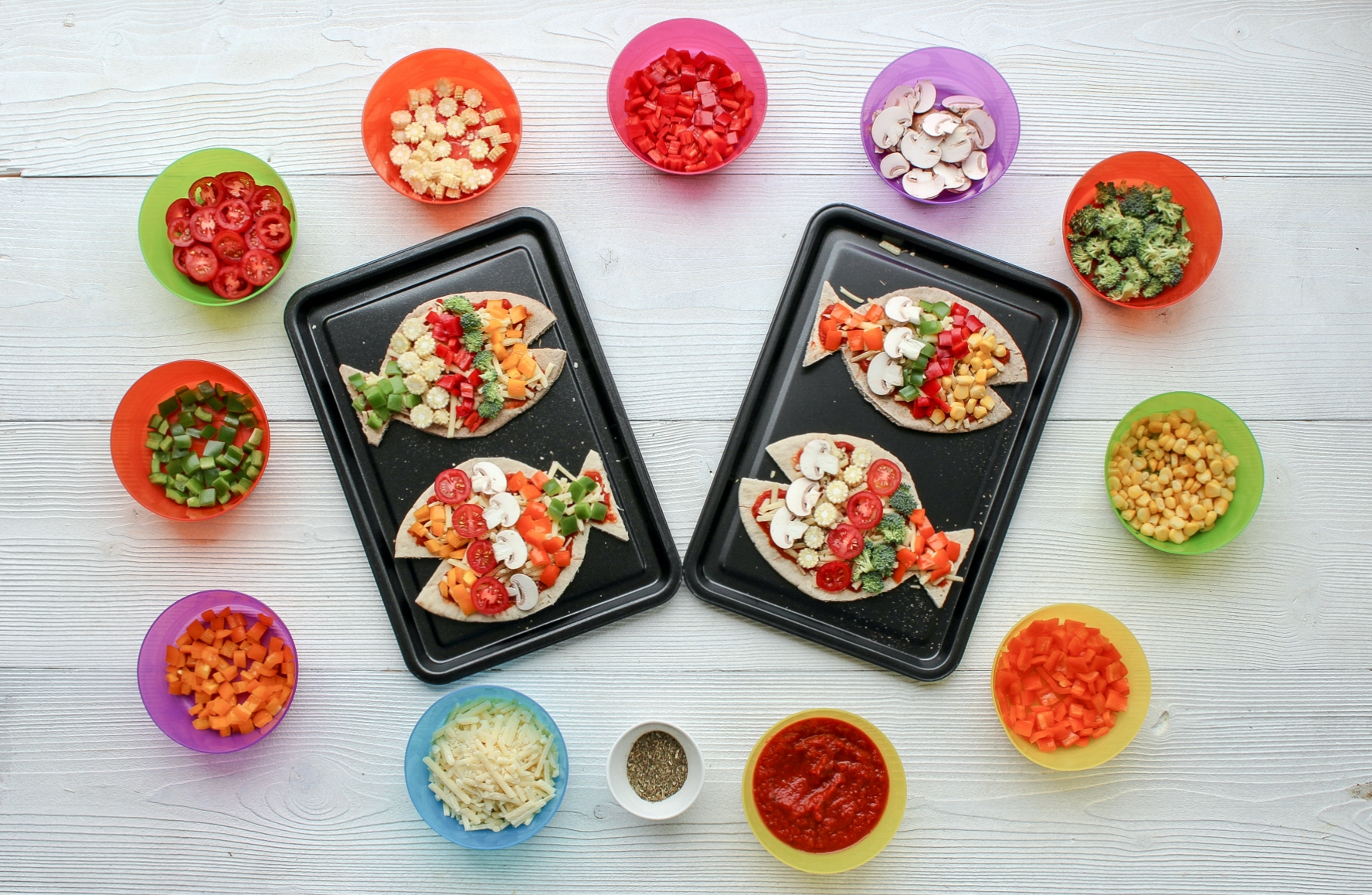
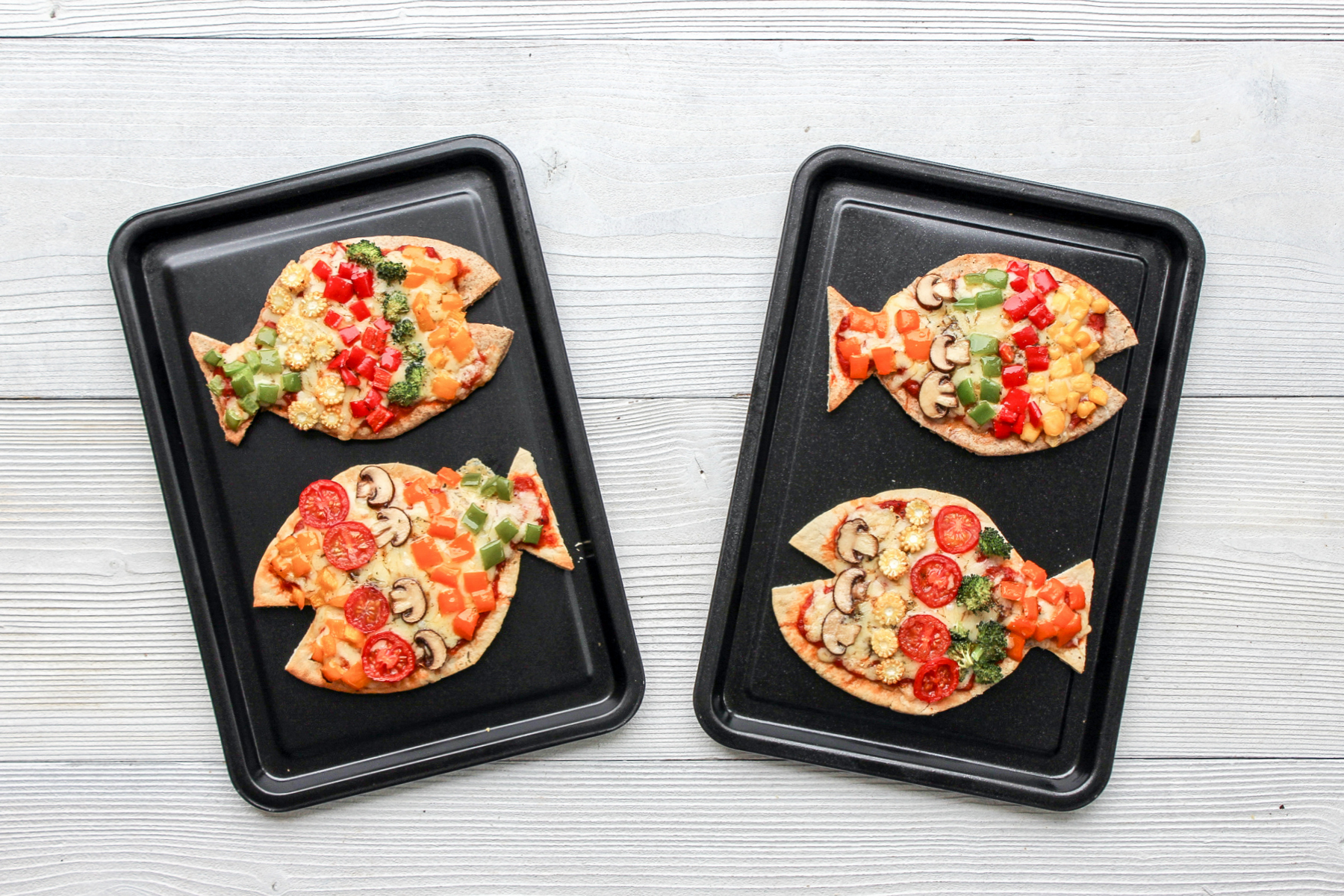
Developing cooking skills:
Encourage your children to do as much of the pizza prep as possible. We’ve highlighted the hands on skills they will be developing below:
Cut the pitta bread into a fish shape using scissors (adult/older child task unless very dextrous)
Spoon and spread pizza sauce (child)
Grate cheese and sprinkle over pizza sauce (child - may need support grating)
Take a pinch of italian herbs and sprinkle over cheese (child)
Prepare veggie toppings - dice and slice peppers, mushrooms, olives (child - younger cooks may need support slicing or offer strips which they can dice/snip with a safe knife or scissors)
Snip spring onions (if using) with scissors (child)
Build your rainbow fish pizza using fingers or a spoon to create colourful (veggie) rainbow scales (child)
Drizzle or spritz with a little olive oil - an oil spray works well for this (child - may need support)
Ask an adult to place in the oven for approx 12 mins (adult or older child)
Wait until cooled and enjoy.
Don’t forget to take some photos and share them with us in the Storytime Chef group (or tag us on instagram #storytimechef #organiccookeryschool)
Enjoy this? Try our Rainbow Fish inspired digestive biscuits.
Where to get hold of a copy of The Rainbow Fish:
Link to Rainbow Fish on Amazon UK Link to Rainbow Fish on Amazon US
Or don’t forget to check your local library.
By shopping with the links we have provided, we may earn a small referral commission which goes straight back into our community outreach projects for vulnerable families It also doesn’t cost you anymore. Thank you!
